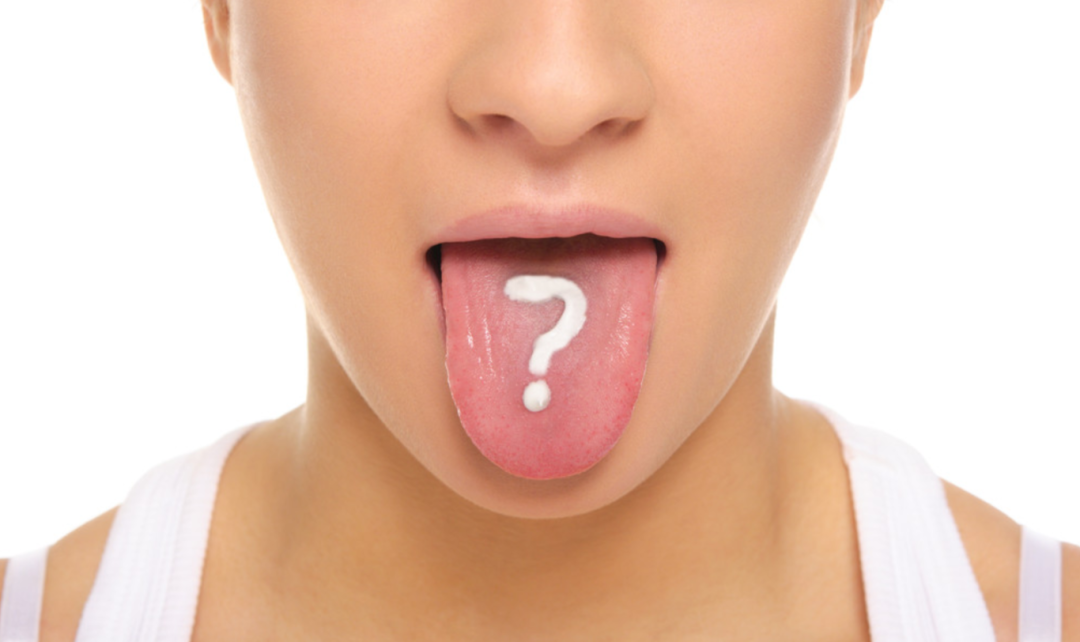
The tongue not only allows you to taste the flavors of life but also serves as a mirror of health. Tongue diagnosis, as a unique and sophisticated diagnostic method, has been revered by practitioners for thousands of years.
By observing subtle changes in various characteristics of the tongue, doctors can gain insights into the health status of the body, a utility that has recently been confirmed by modern science.

Expert Interviewed
Dr. Zhou Jingxin, Associate Chief Physician of the Nephrology and Endocrinology Department at Dongzhimen Hospital, Beijing University of Chinese Medicine
“Tongue Diagnosis Has Been Confirmed”
A paper published in the journal “Technology” introduces an artificial intelligence technology developed by researchers from the Middle Technical University in Iraq and the University of South Australia, which has achieved the skill of “tongue diagnosis”.

The researchers trained a machine using 5,260 images to predict tongue color under different lighting conditions and matched abnormal tongue colors with diseases, achieving an accuracy rate of 98%. Subsequently, they input 60 images of abnormal tongues into the system, which resulted in a diagnostic accuracy rate of 96.6%.
The researchers then began to “observe” real patients—using a camera placed 20 centimeters away from the patient to capture tongue color, the imaging system could display possible diseases and predict their health status in real-time.
Dr. Zhou Jingxin stated that this research outcome and technology once again demonstrate the wisdom of Traditional Chinese Medicine (TCM).
The history of tongue observation dates back over two thousand years, with the ancient Chinese medical classic “Huangdi Neijing” detailing the relationship between the tongue and the internal organs. Through continuous practice and summarization by generations of physicians, tongue diagnosis has gradually become an indispensable part of the TCM diagnostic system.
TCM holds that the tongue is the “seed of the heart” and an external manifestation of the spleen, with the tongue coating arising from the stomach qi. The tongue is closely connected to the five zang organs and six fu organs through meridians, thus changes in the organs often reflect on the tongue. The changes in tongue appearance can quickly and intuitively reflect the state of qi and blood, the balance of yin and yang, and the progression or regression of pathogenic factors.
10 Tongue Qualities That May Indicate Illness
Dr. Zhou Jingxin warns that if there are changes in the color, shape, or coating of the tongue, it may indicate health issues or even diseases.
Tongue Color
▶Pale Tongue: Commonly seen in patients with deficiency of both qi and blood or insufficient yang qi, often accompanied by a thin or absent coating. Insufficient yang qi leads to a pale tongue; patients with anemia may also present with a pale tongue.
▶Red Tongue: Generally indicates excess heat in the body or yin deficiency leading to heat. If there are red spots or prickles on the tongue surface, they represent excessive heart fire, excessive gastrointestinal heat, or liver-gallbladder fire.
Clinically, patients with acute stroke often have an abnormally red tongue; those with Helicobacter pylori infection may present with a slightly red tongue with white spots.
▶Purple Tongue: Commonly seen in individuals with poor blood circulation, such as those with cold syndrome, heat syndrome, or blood stasis syndrome.
A dark purple tongue may indicate hyperlipidemia, pulmonary heart disease, etc.; cancer patients may also present with a purple tongue that has a thick greasy coating; a bluish-purple tongue suggests vascular, gastrointestinal, or asthma issues.
▶Yellow Tongue: Generally caused by food coloring, such as long-term smoking, drinking tea, and consuming dark-colored foods.
The paper mentions that a yellow tongue may also be seen in patients with body heat, liver and biliary diseases, gastrointestinal issues, and diabetes.
Tongue Coating
▶Thick Coating: May indicate a worsening condition or gastrointestinal stagnation.
If the coating is thick and yellow, it often indicates internal heat or food stagnation; a thick white coating usually indicates excessive damp phlegm. In cases of colds or systemic infectious diseases, infants, the elderly, and immunocompromised individuals may also present with thick coating due to fungal infections.
▶Dry Coating: Refers to a dry tongue coating with no moisture, commonly seen in patients with high fever, yin fluid deficiency, or vomiting and diarrhea causing fluid loss.
▶Greasy Coating: Indicates dampness and turbidity accumulation, with yang qi being restrained. A yellow greasy coating often indicates damp-heat; a white greasy coating usually indicates cold dampness.
Tongue Shape
▶Swollen Tongue: A tongue that is swollen and has tooth marks on the edges is often caused by spleen deficiency and excessive dampness or deficiency of yang qi. If the coating is yellow and greasy, it may be accompanied by damp-heat.
▶Thin Red Tongue: A tongue that is thin and red often indicates yin deficiency heat or malnutrition.
▶Cracked Tongue: A tongue with cracks often results from deficiency of essence and blood or excessive heat damaging fluids. Sudden appearance of cracks may indicate superficial gastritis or malnutrition; if symptoms persist for more than two weeks, medical attention is advised.
What Does a Healthy Tongue Look Like?
According to doctors, a healthy tongue should be: light red in color, moist in texture, flexible in movement, with a thin white and even coating, and moderate in moisture.
It is important to note that changes in tongue appearance do not exist in isolation but are interconnected with the patient’s overall symptoms, pulse condition, etc.
Tongue diagnosis, as an auxiliary diagnostic method, relies on the experience and skills of the physician. Therefore, tongue diagnosis is a professional diagnostic skill, and one should not hastily self-diagnose based on tongue appearance. If you notice any abnormalities, it is essential to seek medical attention and have a professional physician assess the situation.
Professor Zhao Yanshan from the School of Traditional Chinese Medicine at Beijing University of Chinese Medicine stated in an interview that the tongue nerves originate from the brain and connect to the tongue, and regularly exercising the tongue is highly beneficial for the body. Here are some tongue exercises you can do:
1. In the morning, in front of a mirror, extend and retract the tongue 10 times, then move the tongue left and right outside the mouth 5 times;
2. Sit with fingers spread on your knees, slightly lean forward. Inhale through the nose, then open your mouth wide, extend your tongue, and exhale while opening your eyes wide and looking straight ahead, repeating 3-5 times;
3. Open your mouth, slowly extend your tongue, hold for 2-3 seconds, and repeat 5 times;
4. Tilt your head back, extend your chin, open your mouth wide, stick out your tongue, and hold for 2-3 seconds, repeating 5 times.
Source: This article is reproduced from “Life Times” (WeChat ID: LT0385)
Author: Ouyang Yunshuang
Editor: Wang Xiaoqing
Previous Recommendations
1、Fetal Detection of Super Male Syndrome, Hundreds of Thousands of Netizens Advise Abortion, Is 47XYY Really a “Demon Gene”?
2、Cancer Cells Are Most Afraid of You Eating and Drinking This Way! These Foods Have “Anti-Cancer” Properties!
3、Who Lives Longer: Those Who Walk a Lot vs. Those Who Do Not Move at All?🧐



